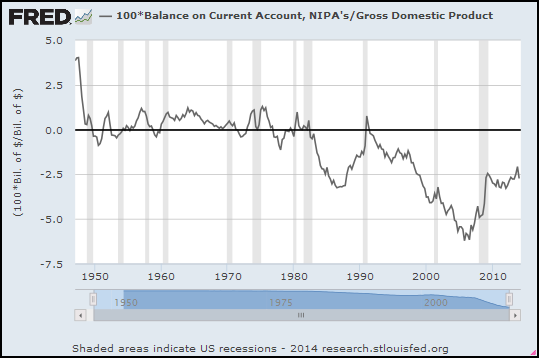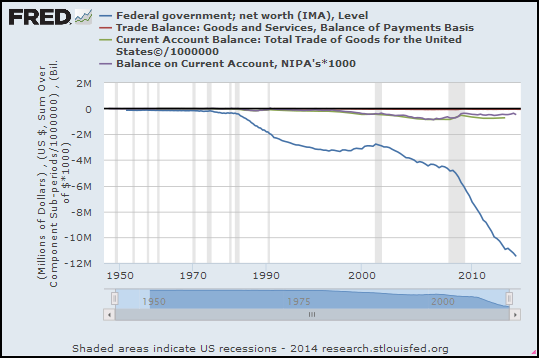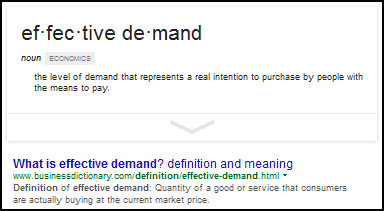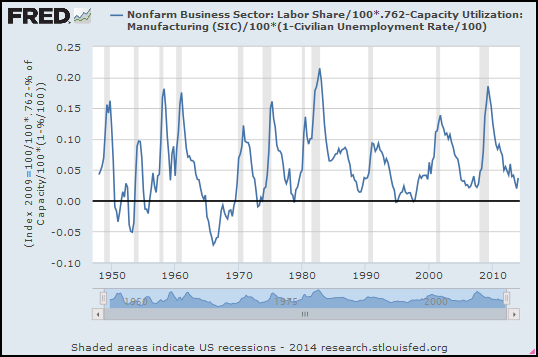I know. I just dissed Reddit, and now I'm back. Well, it's not like that really. I went back to Reddit because I was working on this "Industrial Revolution" post, this one right here, and while I was at Reddit I read the rules and took offense to Rule Two.
I think those rules were recently changed. Maybe not. Maybe I've been going there for N years and never noticed Rule Two before. I don't think so. Maybe I'm being overly sensitive.
I don't think so. (Maybe I am. Thanks, G.) But anyway, that's not why we're here right now.
I went back to R/Economics for the discussion at the link mberre put up:
Was an Industrial Revolution Inevitable?: Economic Growth Over the Very Long Run. Who could resist a title like that? Not me. Besides the discussion, there's a link to a
54-page PDF by Charles I. Jones, bearing the same title as mberre's link. It is an NBER working paper, paper #7375, dated October 1999. And -- I should get this out of the way first thing -- the paper is
© 1999 by Charles I. Jones. All rights reserved.Having said that, it seems I am now allowed to quote short sections, not over two paragraphs in length, without first getting permission.
I want to quote a short section from the Introduction of the Jones paper:
Conservative estimates suggest that humans were already distinguishable from other primates 1 million years ago. Imagine placing a time line corresponding to this million year period along the length of a football field. On this time line, humans were hunters and gatherers until the agricultural revolution, perhaps 10,000 years ago — that is, for the first 99 yards of the field. The height of the Roman empire occurs only 7 inches from the rightmost goal line, and the Industrial Revolution begins less than one inch from the field’s end. Large, sustained increases in standards of living, our working definition of an industrial revolution, have occurred during a relatively short time — equivalent to the width of a golf ball resting at the end of a football field.
I like that imagery.
Let me jump back now from the Jones PDF to the discussion at mberre's link.
"No," says Integralds. "You will not drag me into an Industrial Revolution discussion today. But this paper gives me ideas for an
Article of the Week around November/December."
You can tell from reading his stuff, Integralds has the perspectives of an economist; nobody's gonna boot his stuff off the site. You can tell he's good. You can't...
I can't tell he's a "he" but I'm gonna take that bet to keep the text flow going.
"What did you have in mind?" mberre replies.
Integralds then identifies three papers he might want to recommend for "Article of the Week" and says he's already got other papers to recommend for September and October, so it looks like November or later for his contribution to the Industrial Revolution discussion. And then he says:
I think the idea that the IR was the single important macro event in history is still underappreciated by some. The discussions of "Why Britain? Why not Japan, China, India, or Europe?" are still interesting. The discussion of where the IR came from is interesting.
Ain't it, though? It's enough to bring you back to Reddit, despite Rule Two.
The first of the three papers Integralds identifies is Gregory Clark's
Sixteen Page Economic History of the World. Who could resist a title like that? Not me.
Before I get into the 16-page paper, I want to quote another short section from the Jones paper -- this time, from the conclusion:
A long time ago, the world population was relatively small and the productivity of this population at producing ideas was relatively low, in part because of the absence of institutions such as property rights. For example, in the year 25000 B.C., the model suggests that it took several hundred years before the society of 3.34 million people produced a single new idea. Once this idea was discovered however, consumption and fertility rose, producing a rise in population growth, so that there were more people available to find new ideas, and the next new idea was discovered more quickly. In the model, this feedback leads to accelerating rates of population growth and consumption growth provided the aggregate production technology is characterized by increasing returns to accumulable factors.
In the absence of shocks, this general feedback seems capable of producing something like an industrial revolution. However, the quantitative analysis suggests that changes in institutions to support innovation have been extremely important. The rise and decline of institutions such as property rights could be responsible for the rise and decline of great civilizations in the past.
I didn't read all 54 pages. I skipped to the conclusion. Slow reader. But hey, I don't want his whole argument. I want his idea, and I don't want to wait "several hundred years" to get it.
The idea is, well this will be crude, there is maybe one good new idea in maybe two billion man-years of human existence. ("...it took several hundred years before the society of 3.34 million people produced a single new idea." Say 600 years. 600 years times 3.34 million people is just over two billion man-years.) (Oh I'm doing it again. ...just over two billion
person-years. Does that comfort you?)
For Charles I. Jones, when a good idea comes along and works its way into the culture, society can support a little larger population than it did before. And then, with a larger population it takes fewer years to accumulate the next two billion man-years. So the next good idea comes along a little sooner. Then again, the good idea leads to a society that can support more people; and the larger population means the next new idea will again come along a little sooner the next time.
Kinda clever, kinda mundane. Not the most interesting analysis I've ever read. But it's a place to start. After all, as Integralds said:
The discussions of "Why Britain? Why not Japan, China, India, or Europe?" are still interesting. The discussion of where the IR came from is interesting.
It gets interesting.
So, the other guy. Gregory Clark. 16 pages. Here's his opening paragraph:
The basic outline of world economic history is surprisingly simple. Indeed it can be summarized in one diagram: figure 1.1. Before 1800 income per person—the food, clothing, heat, light, and housing available per head—varied across societies and epochs. But there was no upward trend. A simple but powerful mechanism explained in this book, the Malthusian Trap, ensured that short-term gains in income through technological advances were inevitably lost through population growth.
Okay, it's interesting already! Clark says a good idea comes along and pushes up per-capita income. Then the population expands, and per-capita goes down again.
The best part is, Clark and Jones totally contradict one another. They agree that a good idea (or a "technological advance") makes people better off. But they go two different directions from there. Jones says the population increases, so good ideas come sooner. Clark says the population increases, so the per-capita gains are lost. This is a classic contradiction. I love it.
Here's the thing. For Jones, the graph of human progress would look like a very slow, very long-term exponential rise. It's always upward. It just takes a really really long time to get to the far end of the football field. For Clark, it's not always upward. For Clark, it's up-and-down. Here's his Figure 1.1:
 |
Clark Figure 1.1: World economic history in one picture. Incomes
rose sharply in many countries after 1800 but declined in others. |
I think Clark's graph is more realistic than the one I made up for Jones. But I have to raise an eyebrow at Figure 1.1. It goes back in time some three thousand years, and the graph shows all that detail? Tell you the truth I was drawing wavy lines like that, underlining passages in my printout of Clark's PDF.
So far, I prefer Clark's 16-page argument. But we'll see how it goes.


.png)




%2C%2BLevel.PNG)



%2Band%2Bthe%2BFederal%2Bdebt%2B(ditto).PNG)


.PNG)
















